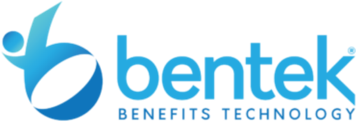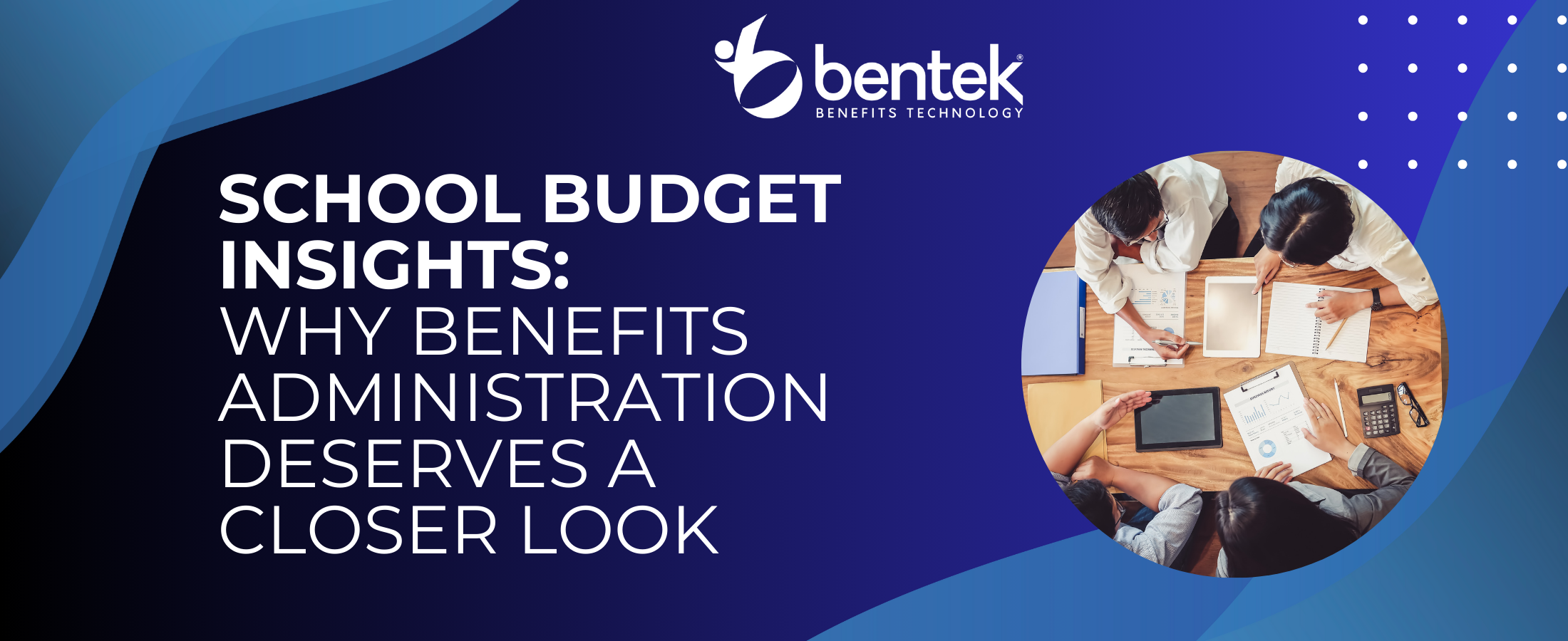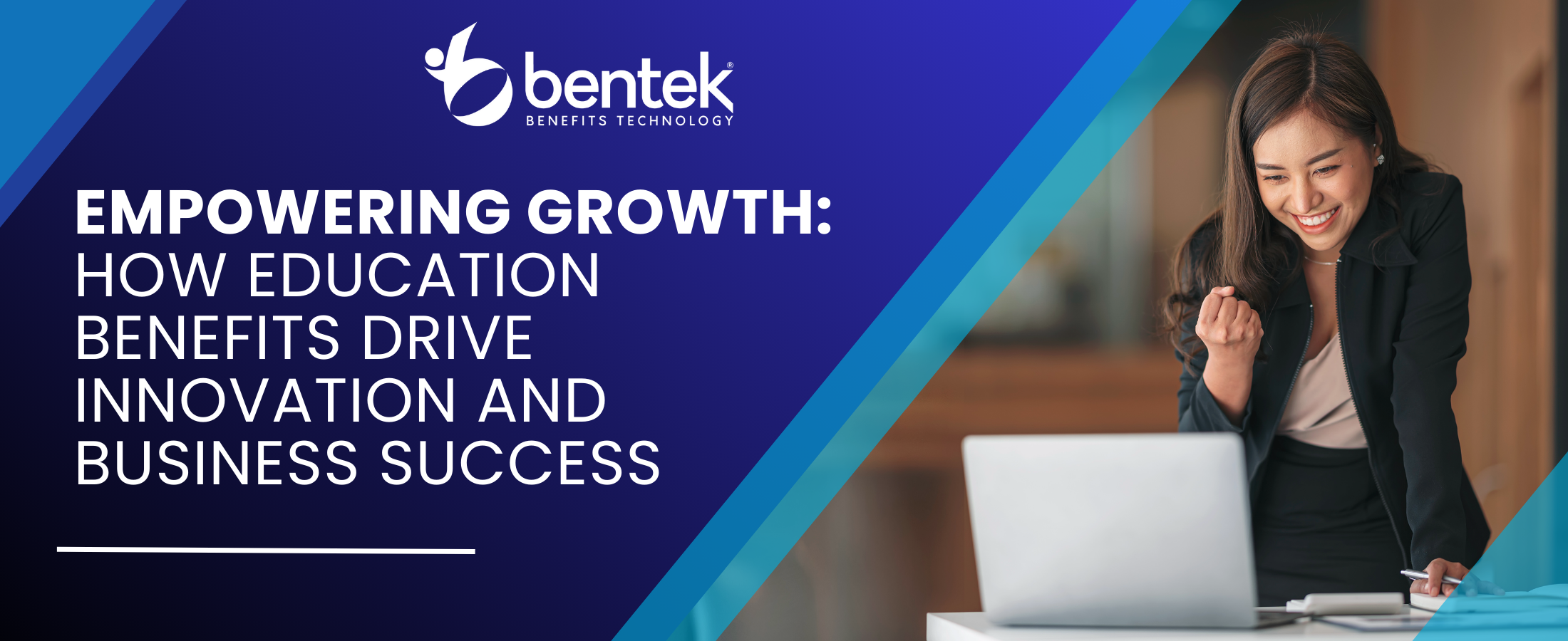Did you know that 80% of employees don’t engage with their benefits material? This statistic from the Benefits Communication Survey by the International Foundation of Employee Benefit Plans highlights a major gap in benefits education and communication. As benefits packages become more complex, effective education and communication strategies are more important than ever.
The same survey found that 67% of people have a medium to low understanding of their health benefits. This lack of “benefits literacy”—the ability to understand and use employee benefits—poses a significant challenge in today’s digital workplace.
With the shift towards digital HR practices, traditional methods of benefits communication are no longer sufficient. Innovative approaches, including technology and personalized messaging, are needed to engage employees continuously, not just during open enrollment periods.
In this article, we’ll explore the importance of improving benefits education and communication, address challenges, share best practices, leverage technology, and measure effectiveness.
Let’s transform how your organization handles benefits education and communication.
Challenges in Benefits Communication
The landscape of benefits education and communication is fraught with challenges. These hurdles not only impede the effectiveness of programs designed to educate employees about their benefits but also affect overall engagement and satisfaction. Let’s delve into some of the most pressing issues facing HR professionals today.
Complexity of Information and Diverse Demographics
- Complexity of Benefits Packages: As benefits offerings become more varied and complex, employees find it increasingly difficult to navigate their options. According to Aflac, 66% of public sector workers find understanding insurance or benefits needs stressful. This complexity demands clear, concise communication strategies that can break down information into digestible parts.
- Diverse Employee Demographics: Workforces today are more diverse than ever, spanning multiple generations with varying preferences for how they receive and process information. Tailoring communication to meet these diverse needs poses a significant challenge.
Information Overload
- Overwhelming Amounts of Information: Employees often feel bombarded with too much information, leading to disengagement. The phenomenon of information overload makes it crucial for organizations to prioritize the most relevant benefits information and deliver it in an accessible manner.
- Research Findings Support: A survey by Gartner found that 38% of employees reported receiving an “excessive” volume of communications at their organization, which contributes to disengagement and poor decision-making. This has been a growing trend over the last few years with countless studies showing consistently that when faced with too much information, individuals are less likely to engage with or retain that information, underscoring the need for streamlined communication.
Multi-Generational Workforce
- Varied Preferences: Each generation—Baby Boomers, Gen X, Millennials, and Gen Z—has its own preferred methods of communication, from traditional print materials to digital platforms and social media.
- Tailoring Communication: Creating a strategy that effectively reaches and engages all segments of a multi-generational workforce requires a deep understanding of these preferences and a willingness to adapt.
Logistical Challenges
- Remote Workers: With the rise of remote work, reaching employees who are not in the office and may not have consistent access to digital platforms has become a logistical nightmare.
- Digital Divide: Ensuring that all employees, regardless of their location or access to technology, receive the necessary benefits information, calls for innovative solutions that bridge the digital divide.
Timing and Engagement
- Open Enrollment Focus: Many employees only think about their benefits during open enrollment periods, missing out on opportunities to optimize their benefits throughout the year.
- Continuous Engagement: Shifting from a once-a-year communication strategy to a year-round engagement approach can help keep benefits top of mind for employees.
Benefits Invisibility
- Lack of Awareness: A significant portion of the workforce remains unaware of or misunderstands the full range of benefits available to them, a phenomenon known as “benefits invisibility.”
- MetLife’s U.S. Employee Benefits Trends Study: According to this study, 62% of employees are seeking more help in understanding their benefits, highlighting a critical gap in benefits communication.
Addressing these challenges requires a strategic approach to benefits communication that is as dynamic and diverse as the workforce it aims to educate. By acknowledging these obstacles and implementing targeted strategies to overcome them, organizations can enhance their benefits education efforts, leading to a more informed, engaged, and satisfied workforce.
Best Practices for Enhancing Benefits Communication
Effective benefits communication is a cornerstone of employee engagement and satisfaction. As such, adopting best practices in this area not only facilitates a better understanding of available benefits but also enhances overall workplace morale. Let’s explore these practices in more detail.
Simplify Benefits Information
- Use Plain Language: Complex benefits jargon can alienate employees. Opt for clear, concise language that simplifies complex concepts.
- Visual Aids: Infographics, charts, and videos can make benefits information more digestible and engaging, helping employees to better understand their options.
Personalize Communication
- Data Analytics: Employ data analytics to segment the workforce and tailor messages according to individual needs, lifestyles, and benefits preferences.
- Individual Needs: Recognize that each employee’s situation is unique. Personalized emails or messages that address specific circumstances can
significantly increase engagement.
Diversify Communication Channels
- Digital Tools: Utilize email, company intranets, or dedicated benefits platforms to disseminate information efficiently.
- Social Channels & Face-to-Face: Blend modern and traditional communication methods. Internal social channels can reach a broad audience, while face-to-face meetings allow for deeper engagement and clarification of complex topics.
Create an Engaging Narrative
- Storytelling: Share real-life testimonials and stories about how benefits have positively impacted employees within the organization. This approach can make the benefits more relatable.
- Relatable Content: Craft narratives that reflect the diverse experiences and backgrounds of your workforce, making the information not just informative, but also engaging and memorable.
Implement Interactive Tools
- Benefits Calculators & Decision Support Tools: These resources help employees visualize the impact of their benefits choices, making decision-making more accessible.
- Resource Accessibility: Ensure that these tools are easy to use and available across multiple devices to accommodate the needs of all employees.
Develop a Year-Round Communications Calendar
- Scheduled Touchpoints: Foster ongoing dialogue about benefits outside of the enrollment period by scheduling regular updates and check-ins.
- Continuous Education: Use these touchpoints to educate employees about lesser-known benefits or changes to existing ones, keeping the information fresh and top of mind.
Utilize Feedback Mechanisms
- Surveys and Focus Groups: Collect feedback on the effectiveness of communication strategies and areas for improvement.
- Action on Feedback: Demonstrate a commitment to employee input by acting on the feedback received, showing employees that their opinions are valued and considered in the evolution of benefits communication.
By implementing these best practices, organizations can overcome the inherent challenges in benefits communication, leading to a more informed, engaged, and satisfied workforce. Balancing simplicity with personalization, leveraging a variety of communication channels, and maintaining an ongoing dialogue about benefits are key strategies in enhancing benefits education and communication.
Using Technology to Support Benefits Education
The integration of technology into benefits education and communication marks a transformative era for HR professionals and employees alike. Digital advancements are not just add-ons but fundamental elements that redefine how benefits information is delivered, understood, and utilized. Below, we delve into the aspects that underscore this digital shift.
Emergence of Digital Platforms and Mobile Applications
Digital platforms and mobile apps have revolutionized the way benefits information is accessed and consumed. These tools offer:
- 24/7 Access: Employees can now explore their benefits anytime, anywhere, breaking the chains of traditional office hours.
- User-Friendly Interfaces: Simplified navigation and intuitive design make it easier for employees to find the information they need.
- Real-Time Updates: Any changes to benefits packages or policies get communicated instantly, ensuring employees have the latest information.
The Potential of AI and Machine Learning
AI and machine learning are at the forefront of personalizing the benefits experience:
- Personalized Recommendations: By analyzing past choices and predicting future needs, these technologies can offer bespoke benefits recommendations.
- Predictive Analytics: AI helps in forecasting future trends in benefits utilization, aiding companies in planning more effective benefits programs.
Importance of Cybersecurity Measures
With the increase in digital data comes the need for robust cybersecurity measures:
- Data Protection: Implementing state-of-the-art security protocols to safeguard sensitive employee information is non-negotiable.
- Regular Audits: Continuous monitoring and regular audits ensure that the systems remain impenetrable to threats.
Role of Social Channels and Online Forums
Social Channels and online forums have emerged as significant informal channels for benefits discussions:
- Peer Support: These platforms enable employees to share experiences, tips, and advice about utilizing benefits.
- Instant Feedback: Companies can receive immediate feedback on their benefits programs, allowing for quicker adjustments.
Addressing the Digital Divide
Ensuring equitable access to technology-based benefits resources is critical:
- Training Programs: Offering training sessions to improve digital literacy can help bridge the gap.
- Alternative Access Points: Providing multiple access points, including kiosks at work or mobile data plans, ensures no employee is left behind.
This exploration into the use of technology in benefits education and communication reveals a clear trajectory towards more personalized, accessible, and secure benefits experiences for employees. As digital tools continue to evolve, so too will the strategies for engaging employees in their benefits education, promising a future where benefits understanding is not just a goal but a reality for all.
Measuring the Effectiveness of Benefits Communication
In an era where benefits packages are becoming increasingly complex and personalized, the effectiveness of benefits communication strategies is paramount. HR professionals are tasked with not only designing these packages but also ensuring that employees understand, utilize, and value them. To navigate this landscape, a robust framework for measuring communication effectiveness is essential.
Introducing Metrics and KPIs
To gauge the success of benefits communication, HR departments must lean on specific metrics and key performance indicators (KPIs):
- Employee Engagement Scores: These provide insights into how actively employees are interacting with benefits materials and sessions.
- Benefits Utilization Rates: A direct indicator of how well employees understand and use their benefits.
- Feedback Survey Results: Surveys can uncover employees’ perceptions of the clarity, accessibility, and usefulness of the benefits information provided.
The Role of Analytics
Analytics play a crucial role in understanding the reach and impact of digital benefits communications:
- Email Open Rates: High open rates suggest that the subject lines and timing of emails are effective in capturing employees’ attention.
- Website Visits: Analytics can track how employees interact with benefits information online, including which pages they visit and how long they stay.
- Social Media Interactions: Likes, shares, and comments on posts related to benefits can be strong indicators of engagement and interest.
Importance of Regular Review Cycles
Continuous improvement requires regular reviews:
- Identify Patterns: Look for trends in the data that indicate successful strategies or areas needing improvement.
- Make Adjustments: Use these insights to refine communication approaches, messages, and channels.
- Schedule Reviews: Establishing a routine for assessment ensures that strategies remain aligned with employee needs and preferences.
Gathering Qualitative Feedback
To complement quantitative data, qualitative insights are invaluable:
- Employee Testimonials: Success stories can highlight the real-world impact of effective benefits communication.
- Case Studies: In-depth analyses of specific initiatives provide a roadmap for replicating successful strategies.
- Focus Groups: These discussions can uncover nuanced feedback that surveys may not capture.
Linking to Tangible Outcomes
One of the greatest challenges lies in correlating communication efforts with concrete results:
- Reduced Turnover: Demonstrating how effective benefits communication can lead to higher retention rates.
- Improved Health Outcomes: Tracing the connection between well-understood wellness programs and actual health improvements among employees.
- Overcoming Challenges: Employing strategies such as correlational studies and longitudinal research to establish these links.
Benchmarking Against Industry Standards
Understanding how your organization’s efforts compare to others is critical:
- Industry Benchmarks: These provide a target for what effective communication should achieve in terms of engagement and utilization.
- Competitor Analysis: Knowing how similar organizations communicate their benefits can uncover opportunities for differentiation and improvement.
Conclusion
The imperative for HR professionals is clear: prioritizing the measurement of benefits communication effectiveness is not just about proving value; it’s about continuously refining strategies to ensure that employees not only understand their benefits but also value them profoundly. This mission, critical for the modern workplace, demands attention, creativity, and an unwavering commitment to employee well-being and organizational success.
For more articles like this, check out the Bentek Blog!




